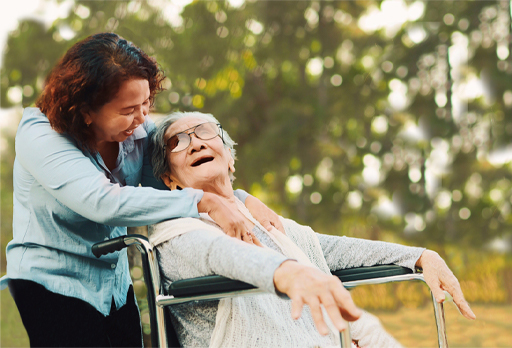Session 1: Understanding the demands of the caring role
Introduction
In this session you will first consider what is meant by the term ‘carer’ and what their role might look like. To support your study, and to help you reflect upon the session content, you will be introduced to a number of case studies. The second part of the session will examine the physical and psychological/emotional demands of the caring role and you’ll explore the implications that these demands can have on physical and mental health.

It is important to note that many carers don’t see themselves as carers, often due to the difficulty of making the distinction between the relationship with the relative/friend and the caring role. But what is meant by the term carer?
A carer is anyone, including children and adults, who looks after a family member, partner or friend who needs help because of their illness, frailty, disability, a mental health problem or an addiction and cannot cope without their support. The care they give is unpaid.
Using the definition above is helpful, but the phrase ‘looks after’ can include a variety of roles and responsibilities, ranging from helping with everyday tasks, such as personal care, to emotional support to help with symptoms of mental illness. You will explore this is more detail in the first half of this session.
